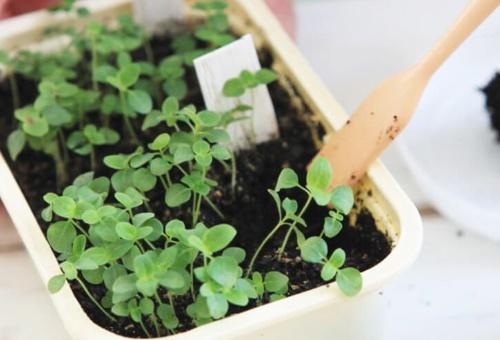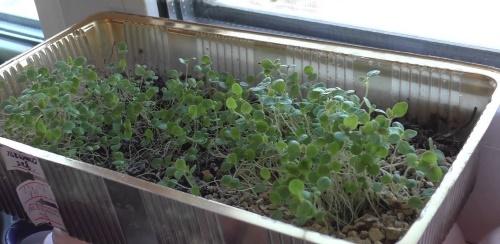How to dive snapdragon and why you need to do it
 Growing seedlings, whether vegetable or flower crops, is practically not complete without a dive procedure. Take at least snapdragon - perennial, which in our climate has to be planted annually, including seedlings. And in order for the bushes to be strong and well-developed, you should know how to dive a snapdragon.
Growing seedlings, whether vegetable or flower crops, is practically not complete without a dive procedure. Take at least snapdragon - perennial, which in our climate has to be planted annually, including seedlings. And in order for the bushes to be strong and well-developed, you should know how to dive a snapdragon.
What gives a pick

A pick is needed in order to provide each future bush with space for development. In separate pots, the plants will grow faster and become firm. In this case, it is advisable to take into account the varietal characteristics of the snapdragon, namely:
- For compact undersized varieties, a single pick is enough.
- Seedlings of tall flower species are best dived twice.
In both cases, the first transplant should be carried out already at the stage of the formation of a pair of true leaves.
How to dive a snapdragon
The day before the pick, it is necessary to water the seedlings so that the earth is loose. This will make it easier to remove the seedlings without damaging the thin roots. There are two ways to dive:
- Small groups. For a group transplant, you will need a slightly larger capacity than for picking one bush at a time. Carefully separating a "bunch" of 3-4 seedlings, together with a lump of earth, it must be transferred to a new place. In this form, seedlings can grow until the moment they are planted in the garden. If the bushes outgrow their pot, and it is too early to plant them in the ground, you can dive again, but this time in a separate dish.

- Immediately by the piece. The procedure is similar, only you need to transplant one bush at a time, separating them with a pencil.

Density of crops is the main problem of seedling growing of snapdragons. If you have planted the seeds too thickly, there is another trick you can apply. At the germination stage, before diving, you can remove the most frail and weak seedlings with tweezers. This will free up space for the rest of the plants, and also reduce the risk of black leg disease from lack of fresh air.